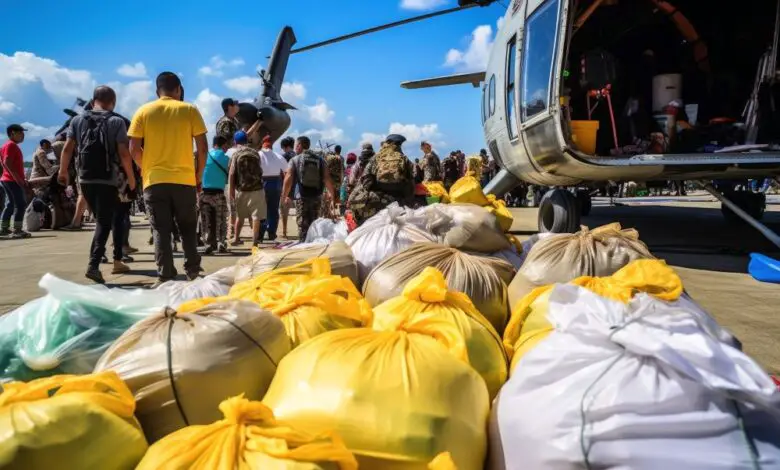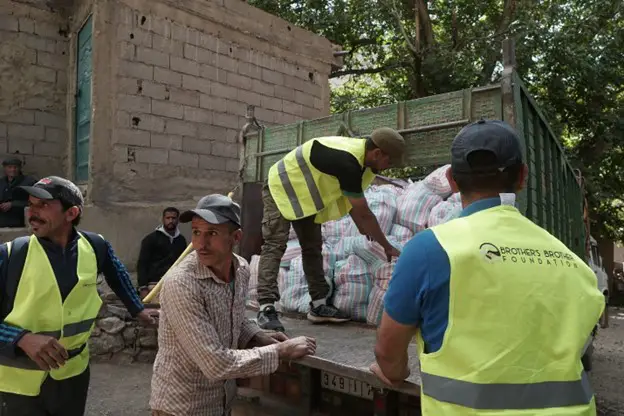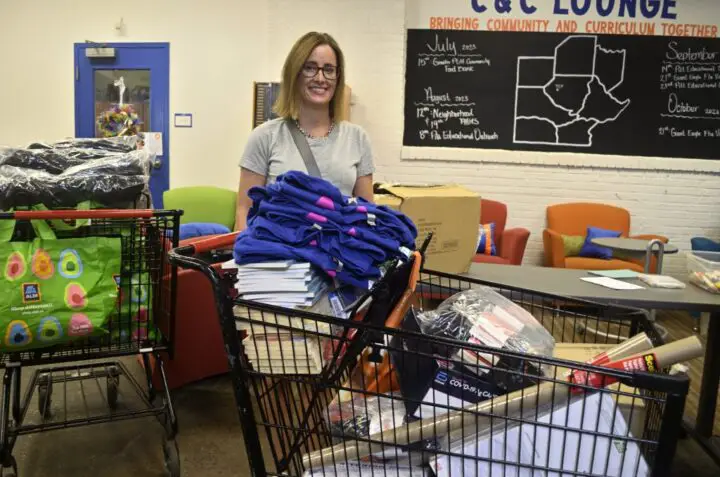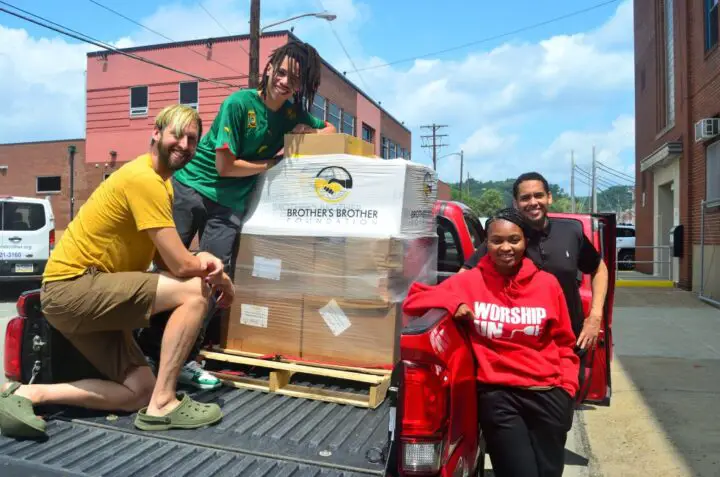Volunteering in Disaster Zones: A Guide to Making a Real Impact

When disasters like hurricanes, floods, or wildfires strike populated areas, legions of selfless volunteers from near and far play a vital role in assisting displaced survivors and supporting response and recovery efforts. Nevertheless, disaster sites can be challenging, unpredictable environments for even the most seasoned relief workers and volunteers. Being strategically deployed to appropriate roles, sufficiently prepared for conditions on the ground, and faithfully following established response protocols enables volunteers to truly make a positive impact during initial emergency response through long-term rebuilding.
Honestly Assessing Your Readiness and Skills

Before volunteering to deploy to a disaster site, honestly and thoroughly assess your capabilities and limitations. If volunteering independently without an affiliation to an established disaster relief organization, stick to roles you are fully trained, certified and qualified to take on safely and successfully. However, joining a coordinated nonprofit volunteering group like Brother’s Brother Foundation or state/region-specific volunteer programs allows for proper vetting, orientation and optimal placement matching both urgent response priorities aligned to each volunteer’s unique attributes and limitations.
Gathering Information and Arranging Logistics
Gather reliable information from disaster relief authorities, local government and news regarding specifically documented current urgent response needs and priorities for the disaster area to determine optimal timing for when to deploy and specifically how you may be able to provide meaningful skills and assistance. Assemble a packing checklist for yourself, including sturdy closed-toe working shoes/boots, gloves, protective gear like masks and eye shields, sleeping bag, personal medications, essential hygiene items and extra layers of protective clothing as possible.
Arriving On Site
Upon initially arriving at or near the disaster-affected site, search out and report directly to designated volunteer coordination intake and processing centers run by local emergency authorities or major voluntary response agencies coordinating contributions from the swollen ranks of volunteers. Attend required orientation sessions to familiarize yourself with the unique situation, risks, and operating conditions of this particular disaster aftermath. Through this centralized coordination process, volunteers can be strategically registered, documented and then assigned to specific operational disaster response roles.
Pacing and Prioritizing While Deployed

Once deployed into disaster zones for initial emergency response volunteer work, be sure to pace yourself, take regular breaks when needed to avoid fatigue, remain hydrated and fuel up with nutrient/calorie-rich meals whenever possible. Respect all access limitations or hazardous areas considered off-limits to unauthorized volunteer responders during initial emergency response. Maintain clear frequent communication with supervisors regarding progress, work challenges, changing urgent needs or any coordinates requiring adjustment while completing disaster response volunteer assignments.
Sustaining Meaningful Impact Long-Term
The long-term recovery process for affected communities heavily relies on the consistency of nearby support. This presents many opportunities to sustain involvement through local recovery groups that coordinate ongoing community support like rebuilding damaged or destroyed homes, public facilities and green spaces or addressing increased mental fatigue/trauma/grief support needs for overloaded local therapists and counselors. While initial emergency response volunteering meets immediate lifesaving needs, it is the sustained engagement powering consistent long-term support, resources and workforce assistance that enables full disaster recovery and communities rising stronger for future.
Psychological Preparedness
Volunteering in disaster zones can be emotionally challenging, so psychological preparedness is crucial. Volunteers should mentally brace themselves for witnessing distressing scenes, dealing with survivors’ trauma, and managing their emotional well-being. Building resilience and coping mechanisms before deployment is essential. Some organizations provide training on psychological preparedness, which can help volunteers navigate the emotional toll of disaster response effectively. Additionally, volunteers should have access to support services and counseling resources to address any psychological stressors that may arise during their deployment.
Cultural Sensitivity and Respect

Cultural sensitivity and respect are paramount when volunteering in diverse disaster-affected areas. Volunteers must understand and honor the local customs, traditions, and values of the communities they serve. This includes respecting religious practices, dietary preferences, and social norms. Cultural insensitivity can erode trust and hinder effective communication. Volunteers should approach interactions with humility, curiosity, and a willingness to learn. Building positive relationships with the local population is essential for successful disaster relief efforts and for ensuring that the assistance provided is culturally appropriate and respectful.
Language Skills and Communication
Effective communication is vital in disaster zones, where language barriers may exist. Volunteers should possess at least basic language skills or have access to translation resources. Being able to convey information, provide reassurance, and understand survivors’ needs in their native language can greatly improve the quality of assistance. Additionally, volunteers should prioritize clear and concise communication with fellow team members, local authorities, and relief agencies to ensure that everyone is on the same page and that resources are deployed efficiently. Effective communication enhances coordination and collaboration in the midst of a crisis.
Safety Protocols and Hazard Management

Volunteers must be well-versed in safety protocols and hazard management techniques when working in disaster zones. This includes understanding how to handle potentially dangerous situations, navigate debris and unstable structures, and use protective gear effectively. Training on identifying and mitigating hazards such as chemical spills, structural instability, or contaminated water sources is essential. Volunteers should also follow strict safety guidelines to protect themselves and others. Being aware of evacuation procedures, first aid techniques, and emergency communication protocols can make a significant difference in ensuring the safety of both volunteers and survivors during disaster response efforts. Prioritizing safety is non-negotiable in such high-risk environments.
Conclusion
Volunteering time, skills, and compassion on the front lines of disaster response and recovery requires immense commitment, resilience, and willingness to be flexible. Despite profound challenges, the immense reward of directly serving distressed people working to literally rebuild lives and livelihoods from rubble delivers immense hope, meaning and human connection. Giving time, expertise, and empathy when people need it most means volunteers tangibly empower disaster survivors and strengthen community resilience that future storms and crises inevitably will test again and again. True disaster response and recovery must draw from shared wells of humility, courage and hope rising from the pits of loss.

